The Federal Communications Commission (FCC) has taken a significant step towards enhancing drone operations by adopting initial rules for wireless communications to control uncrewed aircraft systems (UAS) safely. These new regulations, focusing on a portion of the 5 GHz spectrum band, aim to support the rapidly growing Drone Industry, according to Radio World.
Spectrum Allocation for Drone Operations
The FCC’s new rules allow UAS operators to access direct frequency assignments in the 5030-5091 MHz band. This allocation is specifically for Non-Networked Access (NNA), enabling direct communication links without the need for network infrastructure.
FCC Chairwoman Jessica Rosenworcel highlighted the importance of these regulations, stating, “We are already starting to live in the future we’ve long imagined: Uncrewed aircraft systems are fighting wildfires, supporting news gathering, delivering packages, and supporting national security.”
Dynamic Frequency Management
A key feature of the new rules is the introduction of Dynamic Frequency Management Systems (DFMS). These systems will assign temporary frequency use to operators, ensuring efficient spectrum management. Initially, the FCC has allocated a 10 MHz block between 5040-5050 MHz, with temporary access to an additional 20 MHz block up to 5060 MHz until the DFMS becomes operational.
Interim Access and Implementation
While the DFMS is being developed, the FCC has established an interim access process. Operators must first submit a request to the FAA and, if approved, complete an online registration form with the FCC. The commission will announce the effective date of these rules in a future public notice.
Impact on the Broadcast Industry
The drone industry’s growth is particularly significant for broadcasting, where UAS are increasingly used for tower maintenance and other applications. The FAA’s small unmanned aircraft rules (Part 107) already allow businesses to use drones weighing up to 55 pounds for various purposes.
DroneXL’s Take
These new FCC regulations mark a crucial development in the integration of drones into our national airspace. As we’ve seen in recent drone technology advancements, reliable communication is essential for safe and efficient UAS operations. The allocation of dedicated spectrum for drone communications will likely accelerate innovation in areas such as beyond visual line of sight (BVLOS) flights and autonomous operations. This move by the FCC aligns with the growing trend of regulatory bodies adapting to accommodate the expanding role of drones in various industries.
What are your thoughts on these new FCC rules for drone communications? Share your opinion in the comments below.
Discover more from DroneXL
Subscribe to get the latest posts sent to your email.





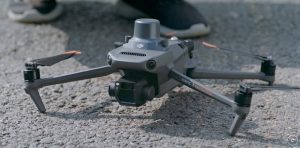


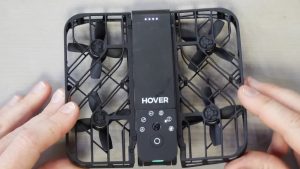
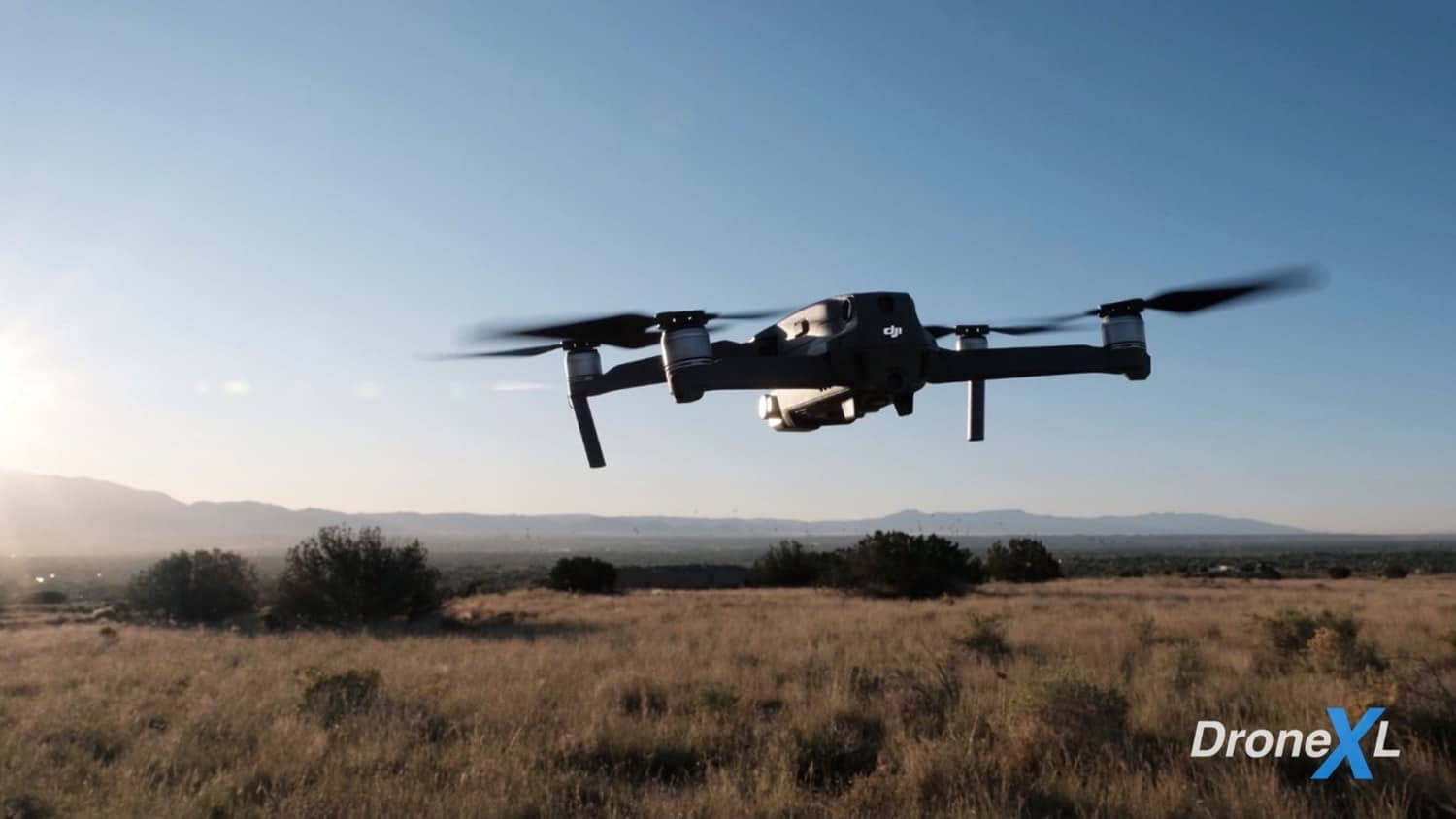


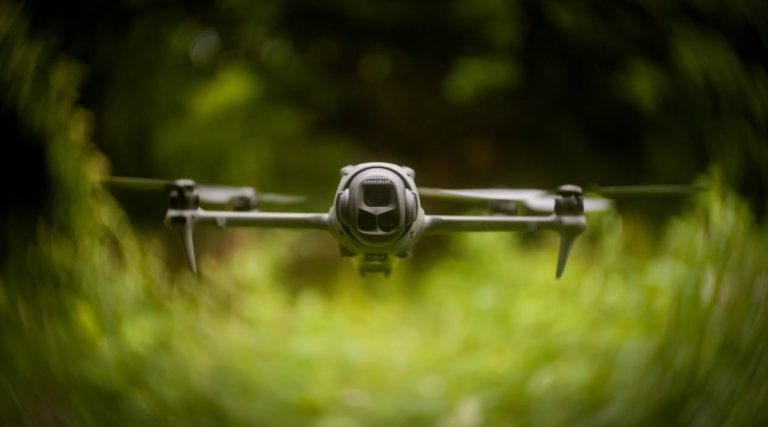

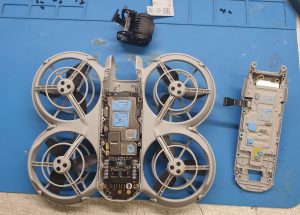

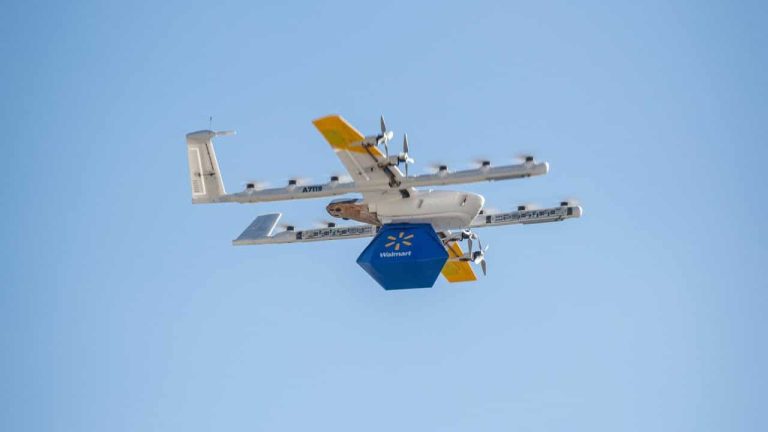
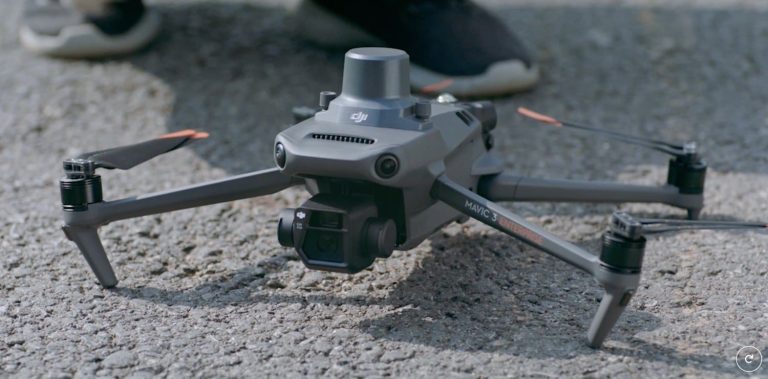


+ There are no comments
Add yours